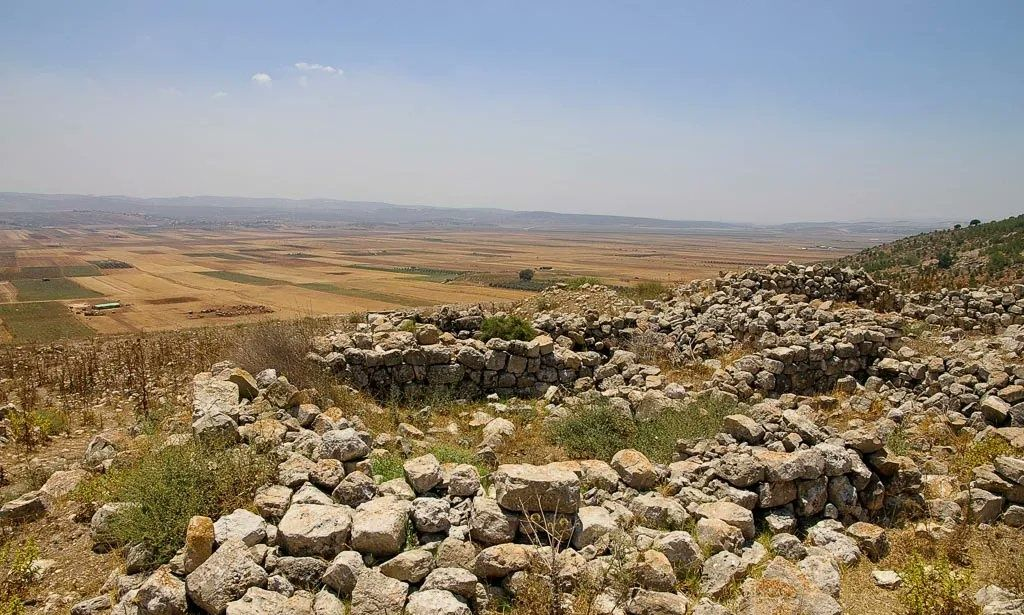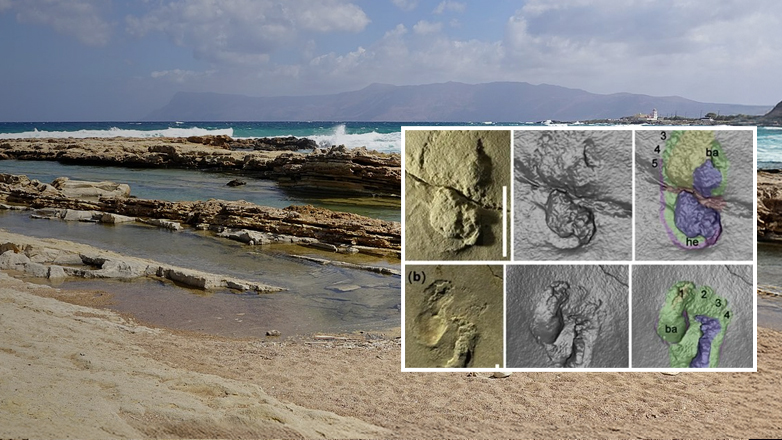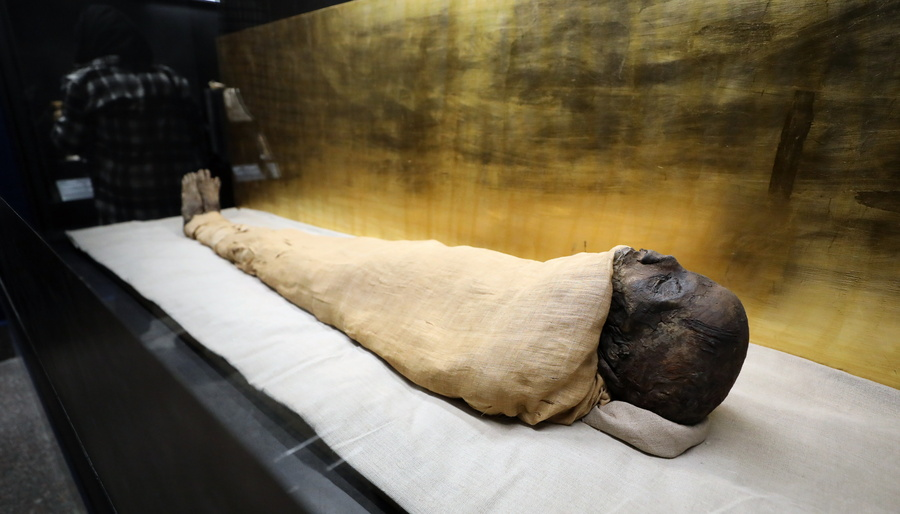Evidence of Ancient Cannibalism in Europe
A recent archaeological study suggests that early Europeans may have removed and consumed the brains of their enemies. Researchers analyzed human remains from the Magdalenian culture, a prehistoric society that lived in Europe between 11,000 and 17,000 years ago. Their findings, published in Scientific Reports, provide new insights into the potential practice of warfare-related cannibalism.
Marks Indicating Brain and Marrow Extraction
A team of researchers from institutions in France, Spain, and Poland used advanced imaging techniques to examine bones found in Maszycka Cave, near Kraków, Poland. They identified cut marks and fractures consistent with the extraction of bone marrow from long bones and brain tissue from skulls. These findings add to growing evidence that cannibalism was a known practice among Magdalenian people, either as a funerary rite or a violent act.
A Case of Warfare, Not Ritual?
Previous studies have suggested that ancient Magdalenians engaged in ritualistic cannibalism. Some sites have yielded human skulls modified into drinking vessels, indicating a ceremonial aspect. However, lead researcher Francesc Marginedas argues that this particular case is different. The lack of ritualized treatment of the bodies suggests these individuals were likely victims of conflict rather than part of a traditional burial practice.
“We see no signs of special treatment compared to other Magdalenian sites, nor do we find skull cups, which are typically linked to ritualistic behavior,” Marginedas explained. Instead, the evidence points to violence and warfare as the driving force behind these actions.
Advanced Analysis of the Remains
Using electron microscopy, researchers closely examined the bones, revealing human-made marks on 68% of the specimens. The remains belonged to at least ten individuals—six adults and four juveniles—who may have been related. Further DNA analysis is needed to confirm familial connections.
Although researchers have found gnawed human bones and skull cups at other Magdalenian sites, the Maszycka Cave findings suggest a different scenario. The study’s taphonomic analysis, which examines the post-mortem processes affecting bones, revealed clear evidence of butchering. The arm and leg bones showed signs of being broken and processed to extract marrow, a rich source of nutrients.
Debate Over Cannibalism
While the study presents strong evidence of human modification of bones, some experts urge caution before drawing definitive conclusions. Zoologist Bill Schutt, author of Cannibalism: A Perfectly Natural History, praised the research but pointed out that alternative explanations remain plausible.
“We don’t have enough information about the Magdalenian inhabitants of this cave to say with certainty that they were cannibals,” Schutt said. He suggested that defleshing could have been part of a cultural or funerary practice rather than an act of consumption. “Some cultures engage in post-mortem rituals that involve removing flesh from bones as a sign of respect.”
Unraveling Prehistoric Practices
Despite the ongoing debate, the study contributes to a deeper understanding of Magdalenian customs and survival strategies. Whether as a means of nourishment, warfare, or ritual, the processing of human remains sheds light on the complex behaviors of early Europeans. Future research, including DNA analysis and further site excavations, may help clarify the true nature of these ancient practices.









